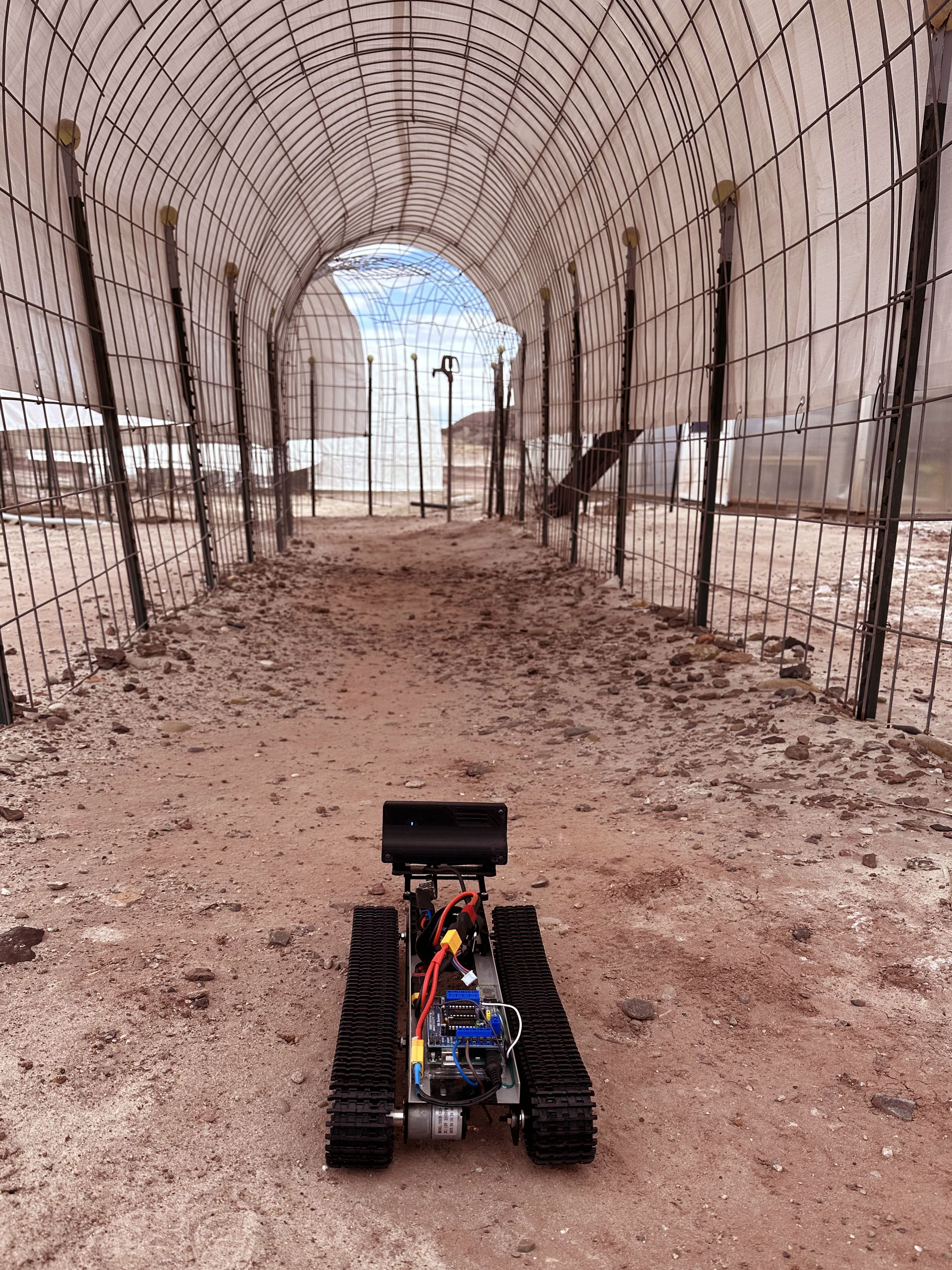Background
In areas like Mars, where there is no GPS system, or any satellite network developed yet, it is difficult to know specific coordinates or to drive a drone or robot to a specific location. Lazarus is a hardware that enables autonomous drone flights in environments with no satellite network. The hardware has been developed by Dronomy, a spin-off company based in Madrid, Spain, and founded by Adrian Carrio.
How does it work?
Lazarus uses state-of-the-art image processing, sensory fusion and control technology as it combines visual information with inertial and robust control algorithms. All these features are integrated into a device with very small dimensions (160x75x55 mm), a power consumption of 15 Watts and a weight of less than 300 grams.
Lazarus can be installed in either drones and robots and is normally powered by the drone's or robot's own batteries. Lazarus directly communicates with the drone's or robot's autopilot. Once connected, the user connects via WiFi to the system through any mobile device and uploads a flight or path plan. Lazarus is therefore able to read the mission planned by the user, estimates its position in space and based on it, provides the drone or robot with the necessary commands to carry out the mission.
The experiment at MDRS
During the MDRS mission, Lazarus is installed in a robot. The robot will be moved using a smartphone app, known as Bluetooth RC Controller. The app provides a Bluetooth connection between the robot and the smartphone and a joystick from where the robot can be moved forwards, backwards, left and right.
The aim is to do several experiments where the robot is moved along a straight line of 10 m for at least 3 times. The data will then be collected by the WoMars crew and analysed by Dronomy. The experiment will be carried out at different areas enabling not only the testing of Lazarus but also, the exploration of different Martian areas.
In future WoMars missions, Lazarus is planned to be installed in a drone to carry out similar experiments.

